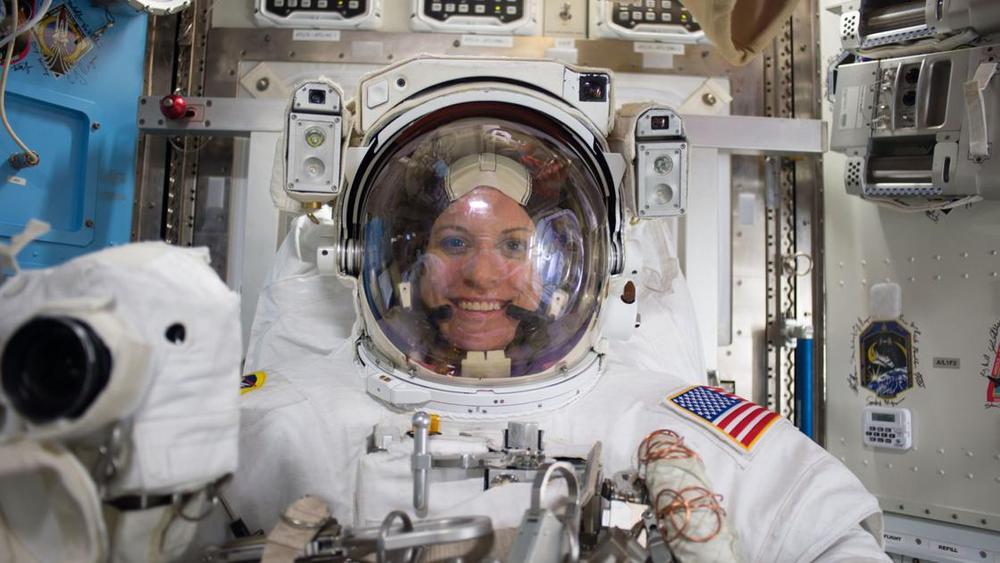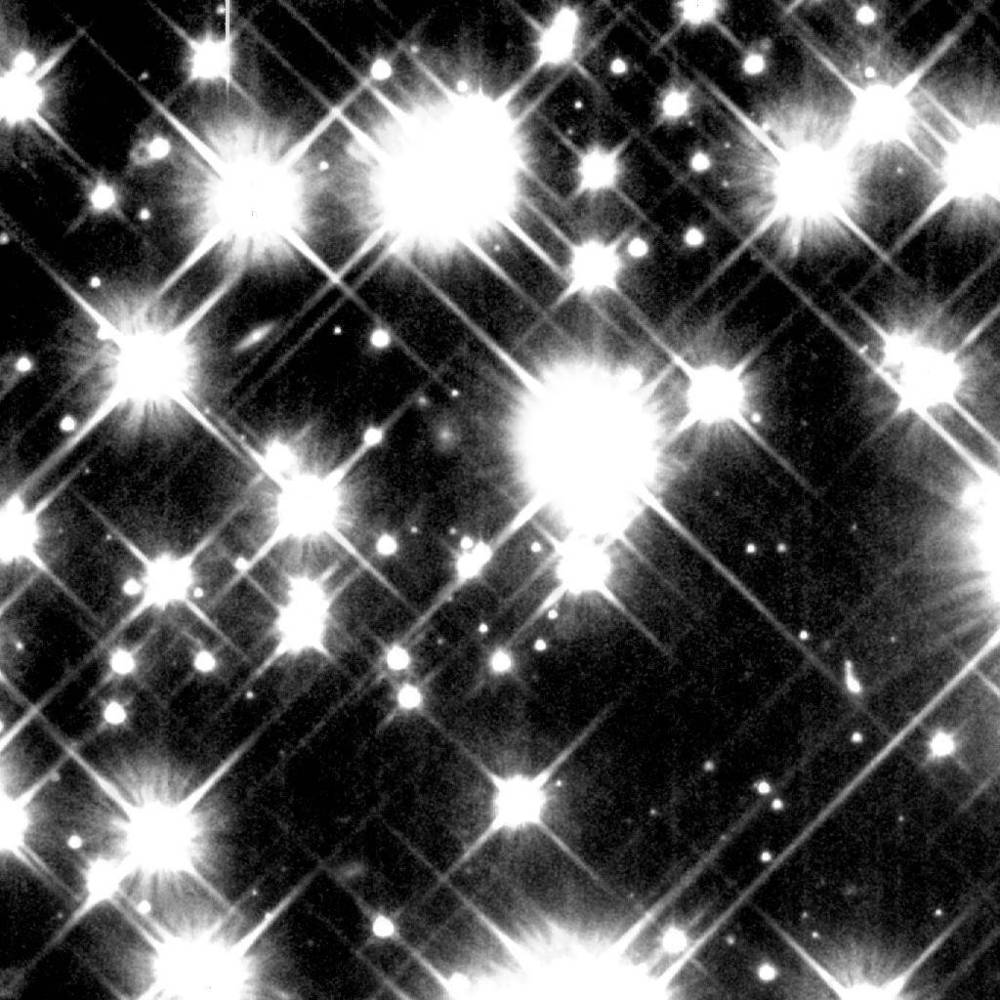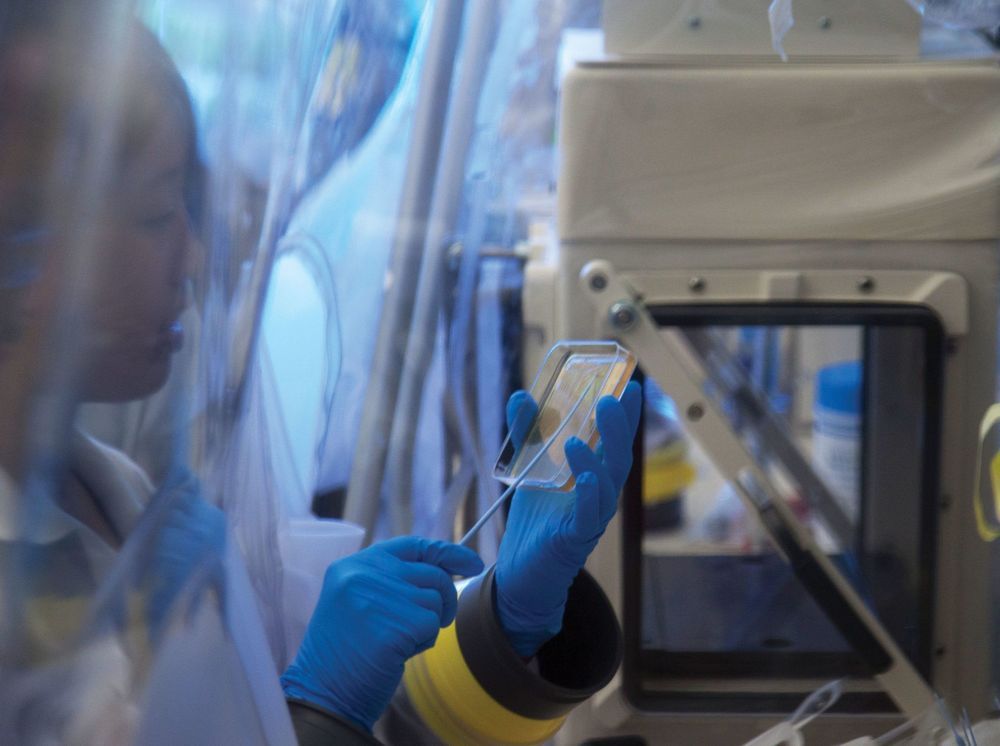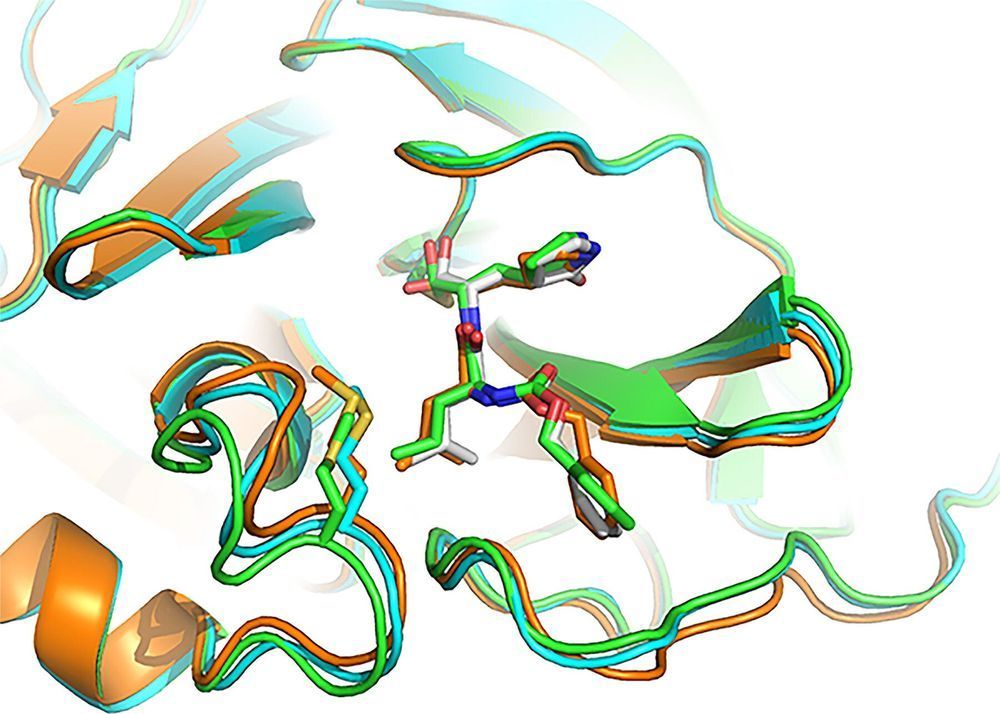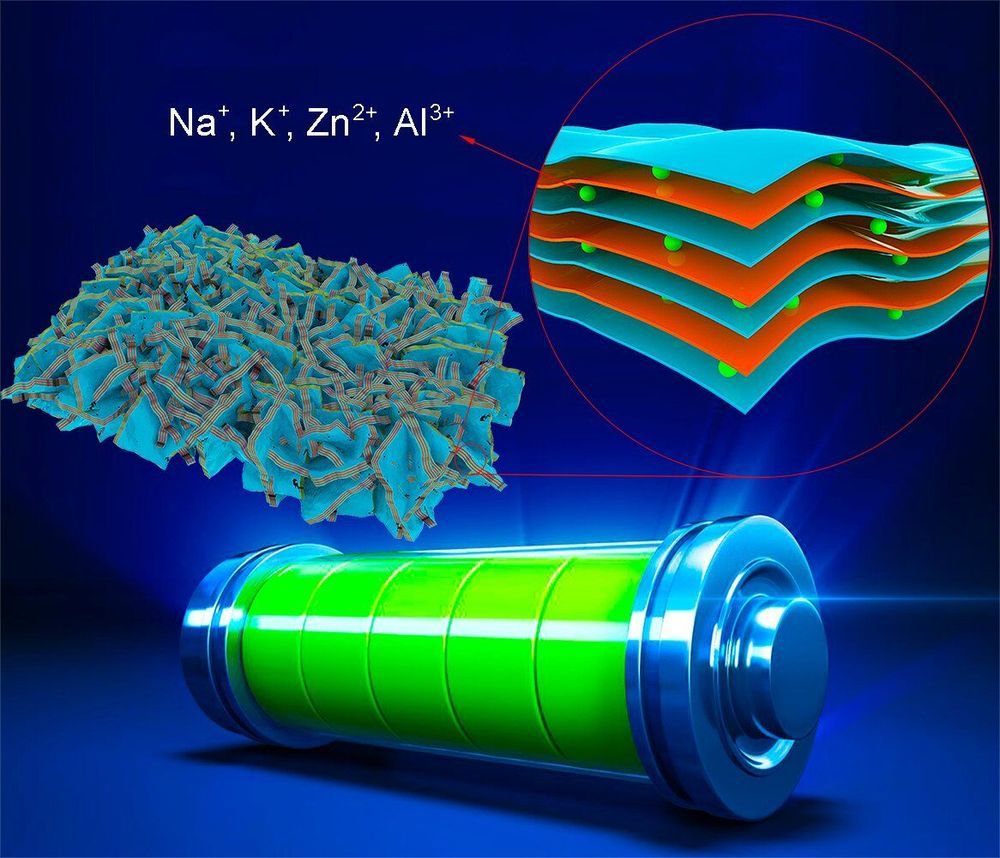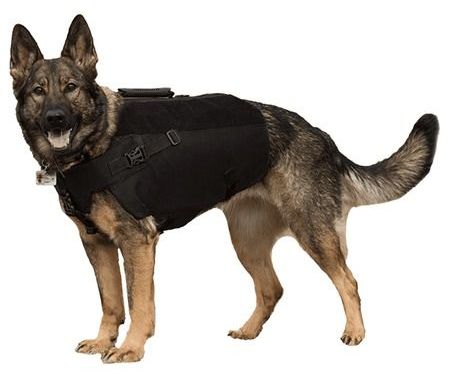Kate Rubins, the first Napa native to go to space, is entering the final three months of preparation for her return trip to the International Space Station where she served four years ago.
Starting Oct. 14 and continuing for about six months, her schedule will be replete with scientific work 250 miles above the Earth, dealing with materials ranging from supercold gases to stem cells. And unlike during her first stay in 2016, Rubins expects to get to work quickly, without the awkward introduction to moving about in microgravity.
“As a rookie you’re not so good at navigating and flying through the space station, so you tend to crawl hand over hand on the handrails,” the biochemist-turned-space traveler quipped during a NASA news conference last week in Houston, while recalling her original 115-day stint aboard the orbiting space platform.
